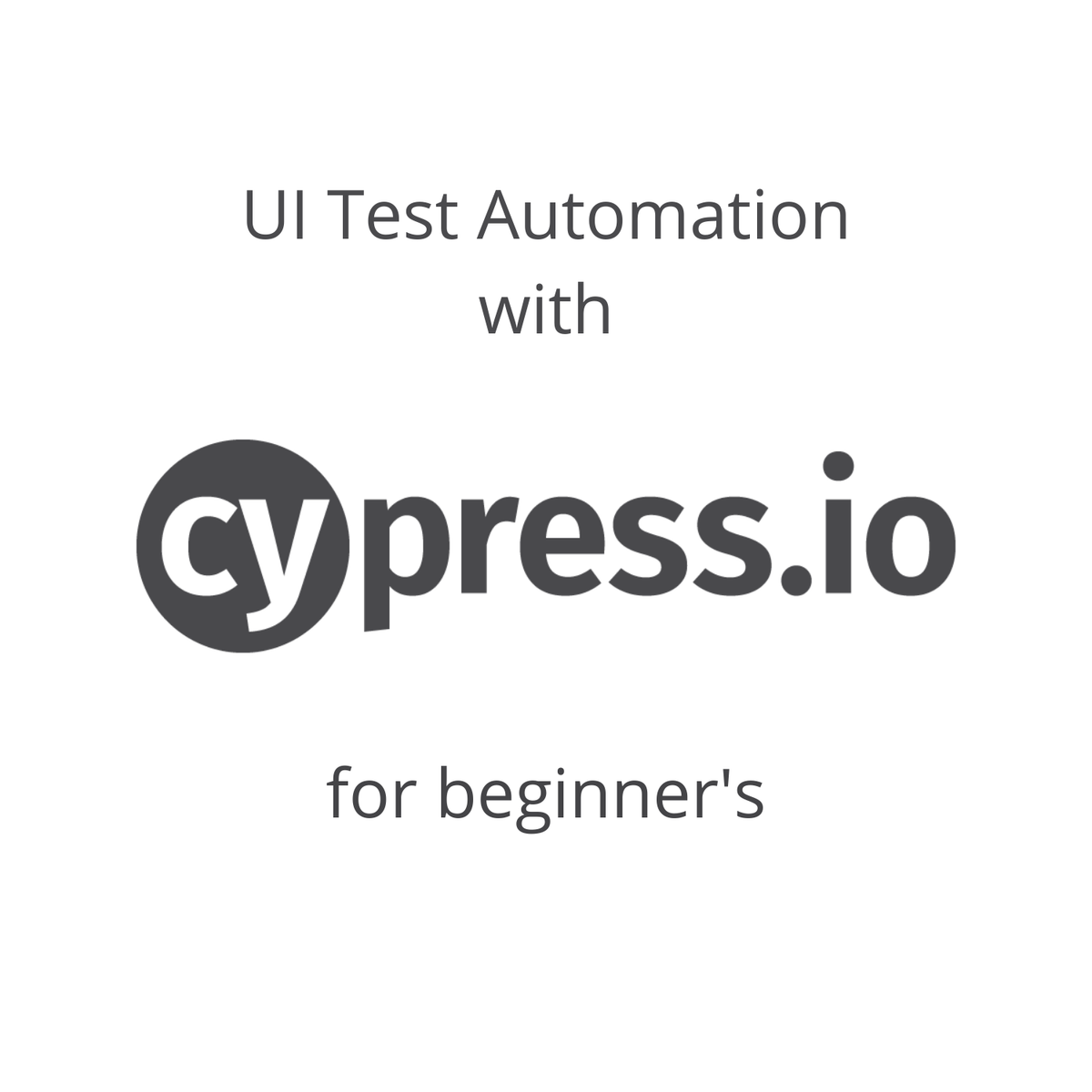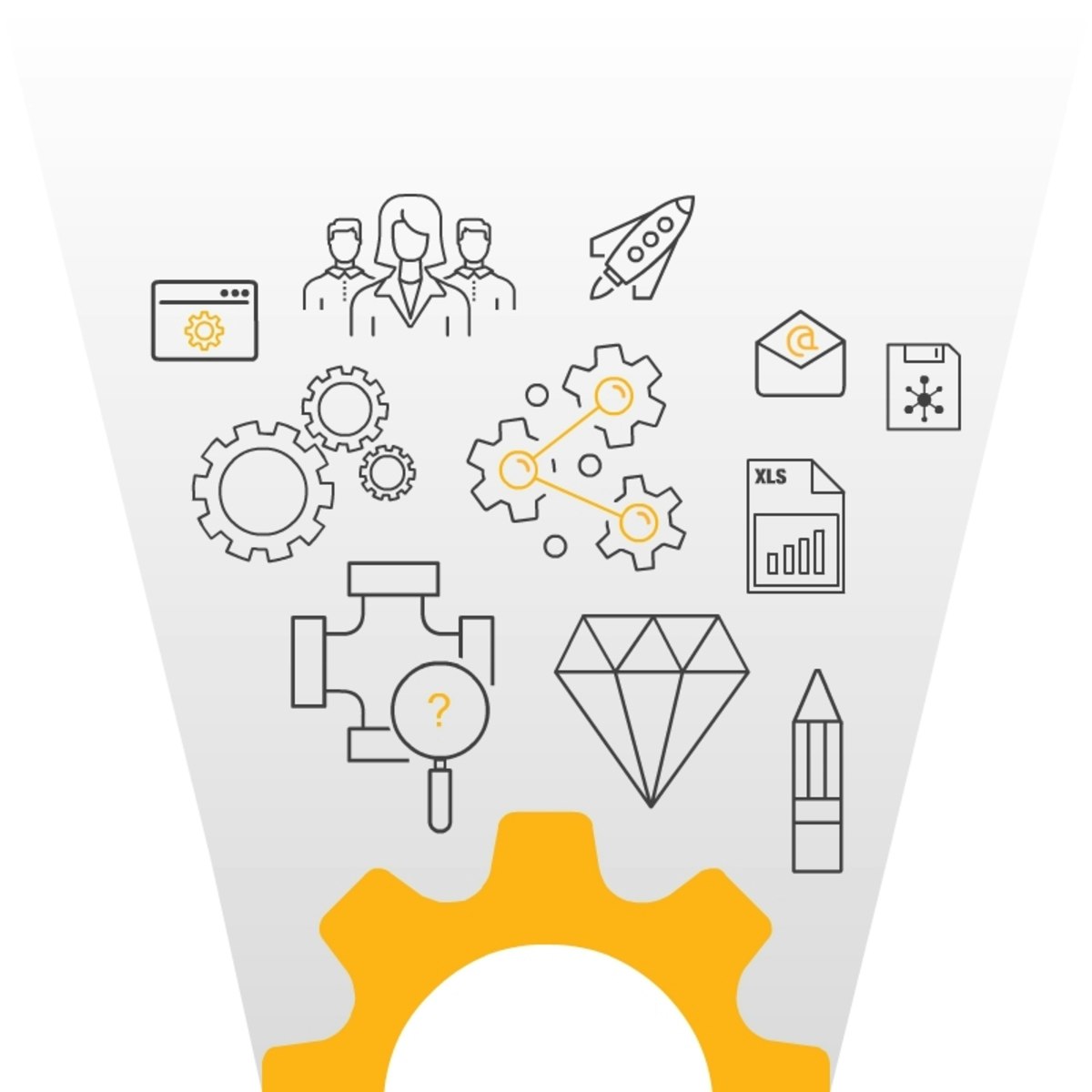Back to Courses









Computer Science Courses - Page 217
Showing results 2161-2170 of 2309

Cybersecurity and the X-Factor
What is the X-Factor? In Cybersecurity, the X-Factor related to unknown and unpredictable human behavior within and outside of your organization. “No one really knows why humans do what they do”, (David K. Reynolds), and because of this organizations can be unprepared for malicious, untrained, or even best intentioned behavior that can cause alarm and sometimes irreparable harm.
This course will introduce you to the types of training available to reduce the impact of the X-Factor, evaluate its effectiveness, explore the Security Education, Training and Awareness (SETA) program, and learn why it may fail. The course will conclude with information designed to assist you with some critical components for your business security program. Activities focused on hactivism, cyberinsurance, and ransomware will round out your knowledge base. Your team of instructors has prepared a series of readings, discussions, guest lectures, and quizzes to engage you in this exciting topic.

Get Started with Figma
Figma is a web-based graphics editing and user interface design app that works on your browser. What does that really mean? You can access your projects from multiple devices without installing software. You and others can work on the same file in real-time taking the project from brainstorming to prototypes. You can use Figma to design briefs, create storyboards, reduce complexity on web sites and even design your CV or resume all while collaborating with others in real time! By the end of this project, you will go through the steps to learn about the application to develop a web page or homepage for your own app.

Palo Alto Networks Network Security Fundamentals
In this Network Security Fundamentals course you will gain an understanding of the fundamental tenants of network security and review the general concepts involved in maintaining a secure network computing environment. Upon successful completion of this course you will be able to describe general network security concepts and implement basic network security configuration techniques.

Cypress UI automation testing for absolute beginners
Cypress is a complete end-to-end test automation tool built to test modern-day web applications. It is capable of automating both UI and API. This project is for beginner's in Cypress

Create your first test automation script - Selenium and C#
“Selenium automates browsers, that’s it. What you do with that power is up to you.”
Selenium is the most widely used UI automation tool to test web applications.
By the end of this one-hour project-based course, you will learn the basics of the selenium automation testing tool.
In this 1-hour long project-based course, you will learn how to --
Basic Selenium commands
Interacting with common web elements like textbox, checkbox, dropdown
Performing drag and drop operation
Handling windows alerts using Selenium

Increase SEO Traffic with WordPress
By the end of this project, you will learn how to increase SEO on your free WordPress website. You will add tags, categories, and links to an existing WordPress website and manage content in order to increase SEO. You will learn where to read analytics within WordPress in order to drive content management related to SEO within your WordPress website.
Note: This course works best for learners who are based in the North America region. We’re currently working on providing the same experience in other regions.

Google Workspace for Education: Managing Services
This is a Google Cloud Self-Paced Lab.
Learn how to turn services on or off for users and set up a basic scenario that gets you started as quickly as possible.

Design a Social Media UI in Android using Linear Layout
In this 2-hour long project-based course, you will learn how to design a Social Media- Facebook like UI in Android using Linear Layout. You will learn to import all the necessary vector assets icons. You will learn to create the toolbars, to design social media posts in Android Studio, to make use of a third-party library in the project and you will also learn to build the apk and simulate the app on an online android emulator.
Basics of android design concepts are recommended.
Note: This course works best for learners who are based in the North America region. We’re currently working on providing the same experience in other regions.

The Unix Workbench
Unix forms a foundation that is often very helpful for accomplishing other goals you might have for you and your computer, whether that goal is running a business, writing a book, curing disease, or creating the next great app. The means to these goals are sometimes carried out by writing software. Software can’t be mined out of the ground, nor can software seeds be planted in spring to harvest by autumn. Software isn’t produced in factories on an assembly line. Software is a hand-made, often bespoke good. If a software developer is an artisan, then Unix is their workbench. Unix provides an essential and simple set of tools in a distraction-free environment. Even if you’re not a software developer learning Unix can open you up to new methods of thinking and novel ways to scale your ideas.
This course is intended for folks who are new to programming and new to Unix-like operating systems like macOS and Linux distributions like Ubuntu. Most of the technologies discussed in this course will be accessed via a command line interface. Command line interfaces can seem alien at first, so this course attempts to draw parallels between using the command line and actions that you would normally take while using your mouse and keyboard. You’ll also learn how to write little pieces of software in a programming language called Bash, which allows you to connect together the tools we’ll discuss. My hope is that by the end of this course you be able to use different Unix tools as if they’re interconnecting Lego bricks.

RPA Lifecycle: Introduction, Discovery and Design
Regardless of the industry, business process automation is here to stay. Business processes are increasingly being automated through software automation. But how is software automation simplified and made accessible? The answer is Robotic Process Automation or RPA.
RPA lifecycle: Intrdocution, Discovery and Design is the first course of the Specialization on Implementing RPA with Cognitive Solutions and Analytics.
In this course, you will be introduced to RPA and see how it is combined with cognitive solutions and analytics to enable organizations to adopt the model of a “Digital Workforce” and help them transform the nature of their work.
You will also learn about the first two phases of the RPA implementation lifecycle: Discovery and Design. In the Discovery phase, you take a set of business processes and identify those that are suitable and beneficial for automation. In the Design phase, you create a plan for your RPA project. The learning will be reinforced through concept description and guided practice.
